Pozole is a traditional Mexican soup made with hominy and meat, simmered in a rich, spiced broth. This complete guide provides everything you need to make authentic pozole at home, including a detailed ingredient list, step-by-step instructions, and expert tips for perfect results. Total time: 2 hours 30 minutes (prep 30 mins, cook 2 hours), serves 6-8.
Table of Contents
- What Is Pozole?
- Ingredients
- Step-by-Step Guide to Cooking Pozole
- Why Spice Matters in Pozole
- Top 10 Tips for Making Perfect Pozole
- Frequently Asked Questions About How to Cook Pozole
- Conclusion
What Is Pozole?
Pronounced "po-ZOH-lay", pozole (or posole) is a traditional Mexican soup made with hominy and meat — typically pork or chicken — simmered in a richly spiced broth. It's often garnished with shredded cabbage, radishes, lime, avocado, and salsa for a fresh, vibrant finish.
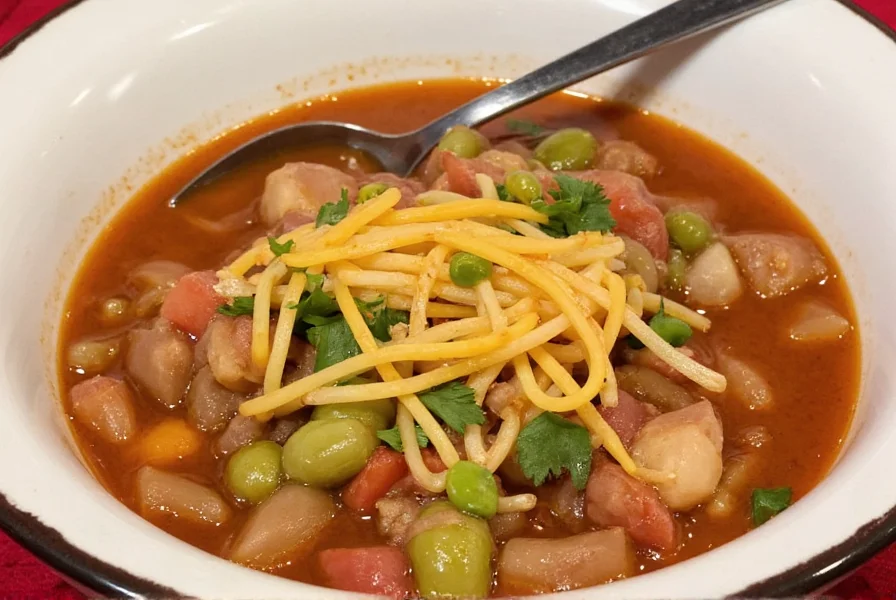
The word "pozole" comes from the Nahuatl word *pozolli*, meaning foamy. That foam? It's created when the hominy releases starch during cooking, giving the broth its signature velvety texture.
Varieties of Pozole
| Type | Main Ingredient | Region | Flavor Profile |
|---|---|---|---|
| Pozole Rojo | Red chile broth | Central Mexico | Spicy, deep, earthy |
| Pozole Blanco | Mild white broth | Jalisco | Clean, subtle, herbal |
| Pozole Verde | Green tomatillo sauce | Michoacán, Oaxaca | Fresh, tangy, herbaceous |
Ingredients
| Ingredient | Quantity | Notes |
|---|---|---|
| Pork shoulder | 2 lbs (900g) | Cubed into 1-inch pieces |
| Hominy (canned) | 2 cups (480ml) | Rinsed and drained |
| Dried ancho chiles | 3 | Stemmed and seeded |
| Dried guajillo chiles | 2 | Stemmed and seeded |
| Garlic | 4 cloves | Minced |
| Yellow onion | 1 medium | Chopped |
| Mexican oregano | 1 tbsp | Ground |
| Bay leaves | 2 | |
| Chicken broth | 6 cups (1.4L) | Low-sodium |
| Avocado | 1 | Sliced for garnish |
| Lime | 1 | Cut into wedges |
| Radishes | 4 | Sliced thin |
| Cabbage | 1 cup | Shredded |
| Cilantro | 1/4 cup | Chopped |
Step-by-Step Guide to Cooking Pozole
- Prepare the chiles: Remove stems and seeds from dried chiles. Toast in a dry skillet for 1-2 minutes until fragrant. Soak in hot water for 20 minutes until soft.
- Brown the meat: Heat 1 tbsp oil in a large pot over medium-high heat. Brown pork shoulder cubes on all sides (5-7 minutes). Remove and set aside.
- Make the broth: In the same pot, sauté onion and garlic until translucent (3 minutes). Add soaked chiles, oregano, and bay leaves. Pour in chicken broth and bring to a boil.
- Simmer: Return pork to pot. Reduce heat to low, cover, and simmer for 1.5 hours until meat is tender.
- Prepare hominy: While meat simmers, rinse canned hominy under cold water. Add to pot during the last 30 minutes of cooking.
- Shred meat: Remove pork from pot, shred with two forks, and return to broth.
- Adjust seasoning: Taste and add salt as needed. Simmer uncovered for 10 minutes to thicken broth slightly.
- Serve: Ladle into bowls. Top with shredded cabbage, radishes, avocado, cilantro, and lime wedges. Serve with warm tortillas.
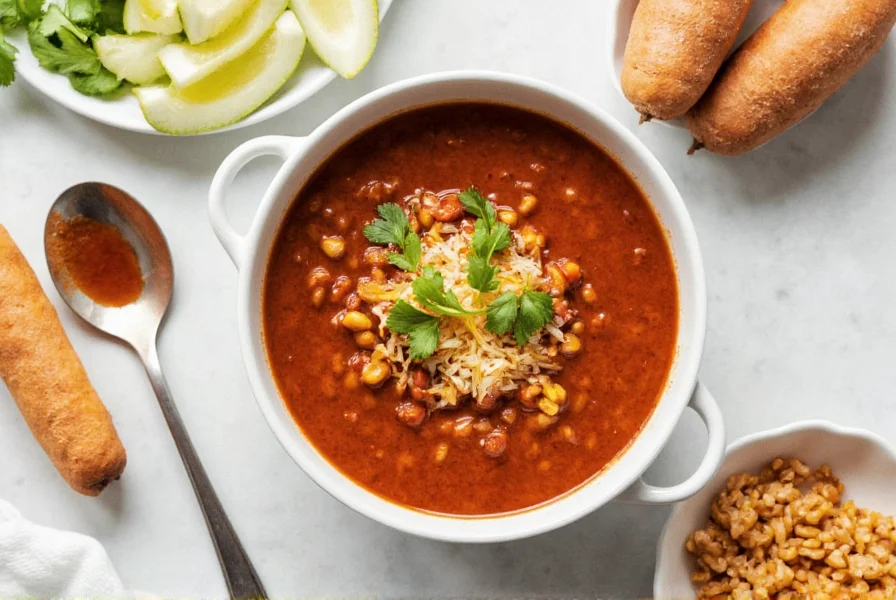
Why Spice Matters in Pozole
At the heart of every great pozole is its spice blend. Whether you're going red, green, or white, spices are what transform your broth from good to unforgettable. Let's explore how each plays a role:
Key Spices in Pozole
- Ancho Chile: Adds sweetness and depth with mild heat. Toasting enhances its fruity notes.
- Guajillo Chile: Offers bright acidity and moderate spice. Balances the richness of the meat.
- Mexican Oregano: Distinctly floral and earthy — essential for authentic flavor.
- Garlic & Onion: The aromatic base of any solid pozole. Sautéing releases their natural sugars.
- Bay Leaf: Adds complexity and helps mellow out strong flavors. Remove before serving.
Top 10 Tips for Making Perfect Pozole
- Toast dried chiles: Dry-toast for 1 minute before soaking to intensify flavor.
- Use fresh hominy: Canned hominy works well, but rinsing removes excess starch for better texture.
- Brown meat properly: Don't rush this step — a good sear builds foundational flavor.
- Simmer low and slow: 1.5 hours ensures tender meat and melded flavors.
- Adjust salt at the end: Broth reduces during cooking; salt too early may over-season.
- Don't skip garnishes: The fresh toppings balance the rich broth and add texture.
- Make ahead: Pozole tastes even better the next day as flavors deepen.
- Freeze portions: Store in airtight containers for up to 3 months.
- Balance heat: If too spicy, add a pinch of sugar or extra lime juice to counteract.
- Use quality broth: Homemade or low-sodium store-bought broth makes a noticeable difference.
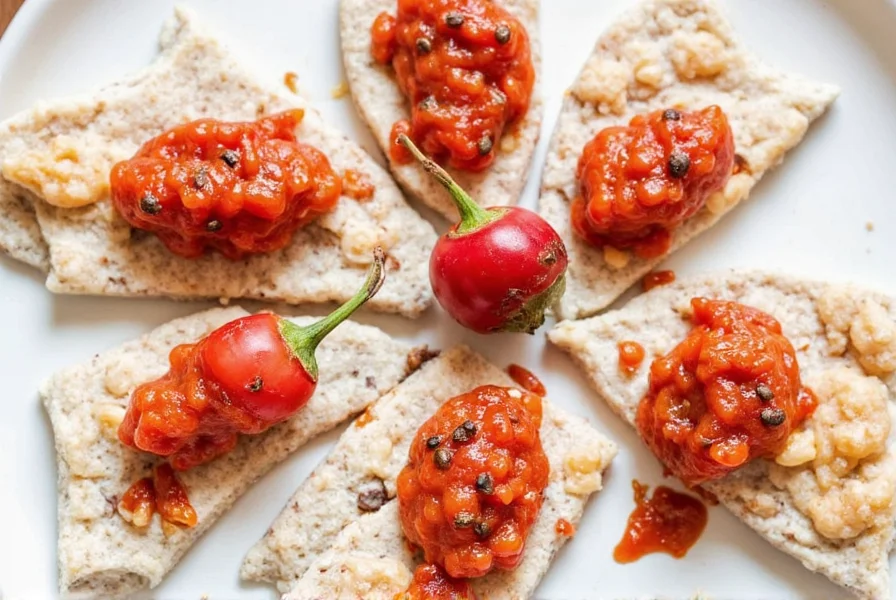
Frequently Asked Questions About How to Cook Pozole
Can I Make Pozole in a Pressure Cooker?
Absolutely! Use high pressure for 25 minutes for meat and hominy, then prepare your broth separately and combine for best results.
Is Pozole Gluten-Free?
Yes — as long as you don't add flour-based thickeners and use gluten-free garnishes, pozole is naturally gluten-free.
Can I Make Vegan Pozole?
Of course! Substitute jackfruit or mushrooms for meat and use vegetable stock instead of animal-based broth.
How Long Does Pozole Last in the Fridge?
Up to 4 days. Store garnishes separately to keep them fresh longer.
What's the Best Way to Balance the Spice Level in Pozole?
Start with fewer chiles than the recipe calls for, then gradually add more to reach your desired heat level. Remember that flavors intensify as it simmers. You can always add more spice, but you can't take it out once it's too hot! Adding a bit of sugar or lime juice can also help balance excessive heat.
Can I Use Canned Chipotles Instead of Dried Chiles?
Yes, but with adjustments. Canned chipotles in adobo bring a smokier, hotter flavor profile. For every 3-4 dried chiles, use 1-2 chipotles in adobo plus 1/4 cup of the adobo sauce. This substitution works best for pozole rojo but will give a different flavor profile than traditional dried chiles.
Why Is My Pozole Broth Too Thin? How Can I Thicken It?
Pozole should have a rich, slightly thick broth. If yours is too thin, try one of these solutions: 1) Simmer uncovered for 15-20 minutes to reduce the liquid, 2) Mash some of the hominy kernels against the pot wall to release their starch, or 3) Make a slurry with 1 tablespoon cornstarch mixed with 2 tablespoons cold water, then stir it into the simmering pozole.
What Are Traditional Garnishes for Pozole and Why Are They Important?
Traditional garnishes include shredded cabbage or lettuce, radish slices, lime wedges, diced onion, oregano, and tostadas or tortilla chips. These aren't just decorative—they provide crucial textural contrast and freshness that balances the rich, spicy broth. The acid from lime cuts through the richness, while crunchy garnishes add texture against the soft hominy and meat.
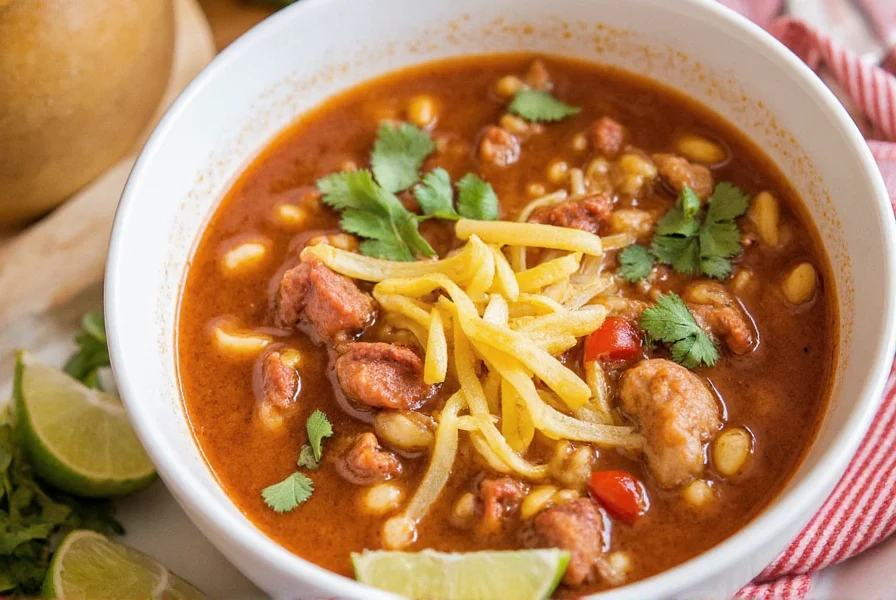
Conclusion
Now that you've got the lowdown on how to cook pozole, it's time to roll up your sleeves and dive into one of Mexico's most beloved comfort foods. From choosing the right spices to mastering your broth, every detail matters — but the real secret is passion.
So experiment, taste, adjust, and above all — enjoy the process. Whether you're cooking for a crowd or savoring a quiet Sunday lunch, pozole is a dish that warms both body and soul. ¡Buen provecho!

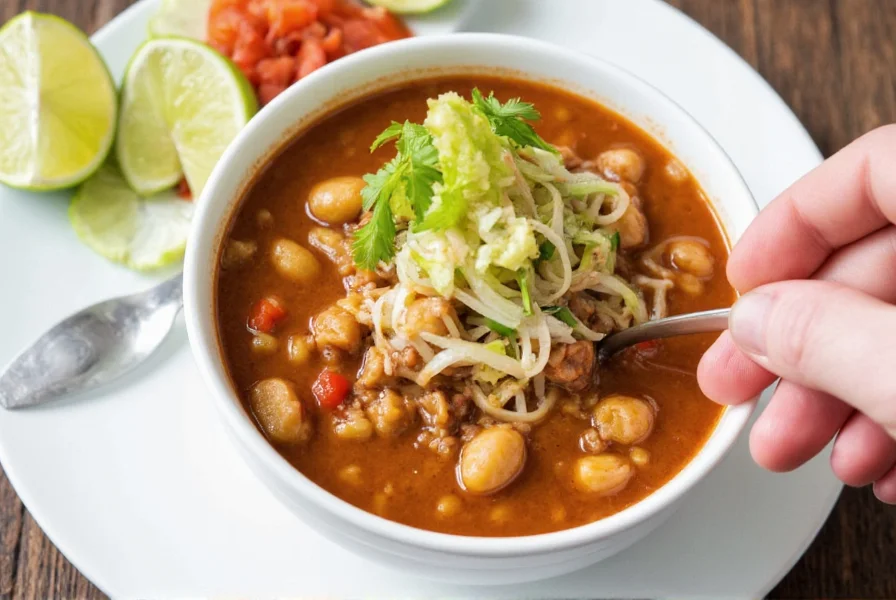









 浙公网安备
33010002000092号
浙公网安备
33010002000092号 浙B2-20120091-4
浙B2-20120091-4